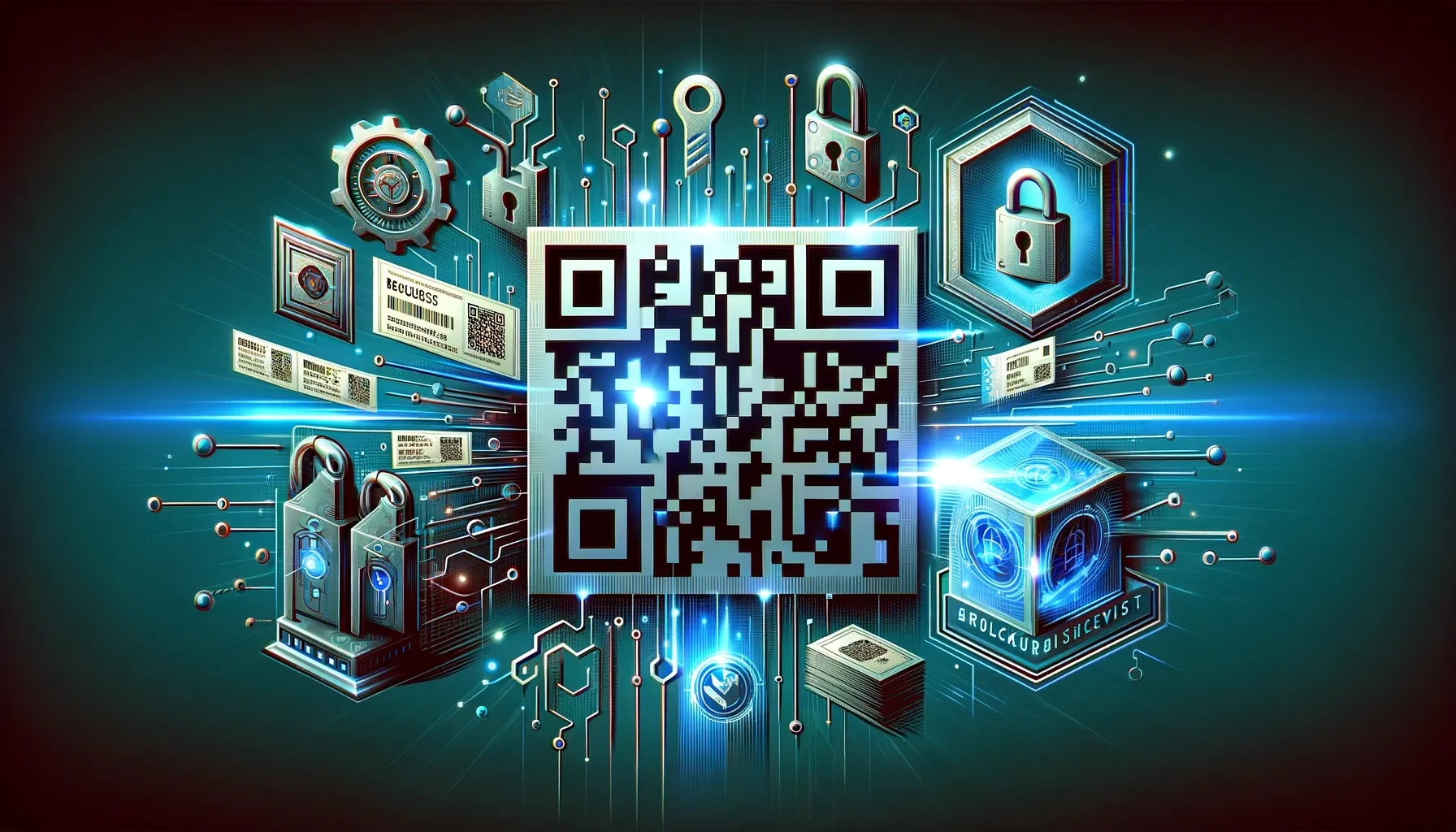

Elevating NFT Ticketing Security with Dynamic QR Code Integration
The emergence of NFT ticketing has promised a revolutionary way to issue verifiable digital tickets. By linking ticket metadata to unique cryptographic tokens on the blockchain, events can eliminate duplications and counterfeits that have plagued paper ticketing. However, early NFT ticket rollouts exposed a vulnerability that remained - the ability to screenshot QR codes and gain free entry. This highlights the need for dynamic QR codes that update periodically to close loopholes and fully deliver on the fraud prevention potential of NFT ticketing.
With major artists like Post Malone and venues like Lollapalooza embracing NFT tickets, the momentum is clear. But realizing the full benefits means adopting technical measures to prohibit unauthorized screenshot sharing. Dynamic QR codes are the missing piece of the puzzle to preserve legitimacy and value for fans and organizers alike.
How NFT Tickets Combat Fraud
NFT ticketing represents a major upgrade from traditional paper tickets. By connecting each ticket to a non-fungible token on the blockchain, it allows for easy verification of authenticity and ownership. The decentralized ledger permanently records all ticket mints, transfers and redemptions in a transparent and immutable way.
This means no more problems with fake paper tickets created with sophisticated duplicating technologies. Every ticket's legitimacy can be instantly checked by scanning the associated QR code which serves as the ticket holder's visual entry pass. The verification process validates the connection of the QR code to the specific NFT token representing the ticket.
However, a vulnerability emerged with the ability to quickly screenshot or photocopy the QR code belonging to someone else for unauthorized reuse. While the NFT itself remains securely on the blockchain, static QR codes exposed a loophole for ticket fraud.
Limitations of Static QR Codes
In the first generation of NFT ticketing, QR codes were generated as fixed static assets connected to the blockchain tokens. This remains vulnerable to quick screenshots, allowing the copied QR codes to be presented for repeat entry even after initial scan and redemption.
Early NFT ticketing projects highlighted this flaw: at a 2021 event by packaging firm PakTech using NFT tickets, fraudulent reuse from screenshots was spotted. Similarly, the team behind an NFT ticketing demo protocol called Get Protocol documented multiple cases of screenshot sharing used to duplicate ticket entry.
Without evolutions in code generation, NFT ticketing fails to completely solve the duplications and fake ticket problems of traditional paper tickets. Fraudsters can still capitalize by spreading fixed QR codes, undermining the enhanced trust and security promised by blockchain-verified tickets.
Introducing Dynamic QR Codes
Dynamic QR codes provide the ideal solution that early NFT ticketing implementations lacked. Rather than remain fixed, dynamic QR codes update periodically, creating an impervious moving target against screenshots.
The NFT ticket acts as the lynchpin connecting the constantly changing QR code. Validating the NFT via blockchain allows authorized linkage to the updated QR code which must then be scanned for entry. This closes the loophole of simply presenting old screenshots or photocopies.
With dynamic codes, venues can set required scan intervals, like a freshly generated code every 30 seconds. Some platforms utilize video QR codes for continuous real-time updates. This hands control back to organizers by forcing in-person scans only.
Sharing codes becomes pointless since they are blacklisted and refreshed in short order. Dynamic QR codes shore up the weaknesses of static codes for bulletproof protection.
Implementation of Dynamic QR Codes
Integrating dynamic code generation with NFT minting does require additional development work. The QR code artwork linked to the NFT must seamlessly update on-chain. Generation of unique codes at set intervals needs incorporation with validation to grant entry.
However, NFT ticketing platforms have shown implementation is straightforward. YellowHeart, a startup focused on music NFT tickets, added dynamic QR code capabilities in 2022. Its redesigned passport ticket features scannable zones that periodically rotate. GET Protocol also transitioned to dynamic QR codes as a fraud countermeasure.
Other examples include:
- XRAM's video QR code technology
- Ticketmaster's SafeTix refreshes codes every few seconds
As awareness spreads of screening vulnerabilities, more NFT ticketing vendors will prioritize dynamic QR code integration.
Benefits for Event Organizers and Fans
Utilizing impervious dynamic QR codes offers clear advantages for both event hosts and ticket buyers. Organizers can eliminate unauthorized ticket duplications that undermine revenue collection. Fans additionally benefit through enhanced collectible value and legitimacy.
With screenshot sharing firmly blocked, events maximize sales by closing off free duplicate access. Dynamic codes also prevent reprints if physical tickets are lost, preserving exclusivity. For high-demand events, scarcity drives up secondary market prices which dynamic codes protect from dilution.
Additionally, collectible NFT ticket holders benefit from added assurances their assets are forgery-resistant. This maintains exclusivity important for premium sales and solidifies NFT tickets as digital memorabilia. Savvy fans recognize fraud prevention translates to retained value.
Conclusion
Early NFT ticket pilots revealed static QR codes' shortcomings in fully preventing duplications. With multi-billion-dollar ticket sales at stake, dynamic QR codes are essential to realize the game-changing ambitions of NFT ticketing. Their adoption promises to finally eliminate fraudulent screenshots, reprints and copying.
By linking living blockchain tokens to ever-changing entry codes, events can institute guaranteed legitimate access. As NFT ticketing continues gaining mainstream traction, dynamic QR codes deserve recognition as the vital feature to preserve legitimacy. Their integration promises to protect user value and unlock the revolutionary possibilities of decentralized digital ticketing.





